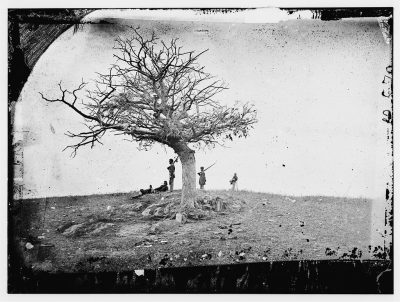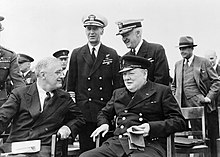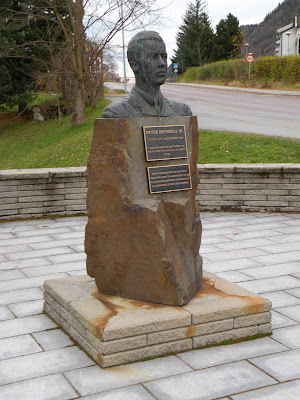“Your cause of sorrow must not be measured by his worth, for then it hath no end.” Macbeth, Act V, Scene viii
I first met Tom Buergenthal—or rather—he first met me, in January 2011. As my readers know, a year earlier I had purchased Tom’s newly published memoir, A Lucky Child, on an impulse. I was so taken with Tom’s story, of persecution, heartbreak, struggle, family love, and survival, that I Googled him, learning that he was then a justice on the International Court of Justice at the Hague. An email address was provided, so I wrote Tom to tell him how much his life story had affected me. I also asked if I could send him my copy of A Lucky Child for his signature (I love signed books).
Tom counseled patience: the cost of mailing a book to the Netherlands and back would be prohibitive. Besides, Tom was already planning to retire from the bench and return to the U.S. where he would resume teaching at George Washington Law School. At that point using the mails would be much much cheaper.
While I awaited Tom’s return, I searched for a copy of the diary Tom alluded to in his memoir—the diary written by Odd Nansen, the man Tom credited with saving his life in Sachsenhausen concentration camp. I ordered one of the only five copies of From Day to Day available for sale on the Internet. Nansen’s diary proved to be as powerful as Tom’s own memoir. But whereas Tom’s book was going through multiple printings and numerous translations, Nansen’s diary had all but vanished.
In January 2011, having decided to republish Nansen’s diary, I traveled to Washington, DC for the dual purpose of researching the copyright status of From Day to Day, and meeting Tom in person for the first time to obtain his all-important autograph. G.W. Law School is a conglomeration of several adjoining office buildings with connecting hallways in various places—in other words, an incomprehensible maze. Upon my arrival there I had no idea how to get from where I stood to where Tom’s office was purported to be.
While I was thus intently studying the floor plan in the building directory, a cheerful voice behind me said “You wouldn’t happen to be looking for me?” There stood a short, cherubic figure with a full head of curly white hair and a ready smile—Tom Buergenthal.
And so our friendship began.
At that initial meeting Tom graciously offered to help me in my new quest. He would introduce me to Odd Nansen’s children, most especially his eldest child Marit. She was the “keeper of the flame,” he observed, the family historian who could answer my many inquiries. And, assuming I could find a publisher, he offered to write a preface for the new edition.
Over the next few years our friendship grew, as Tom counseled me, encouraged me when rejection followed rejection, and patiently answered my endless questions. When I learned that Vanderbilt University Press agreed to republish the new, fully annotated version of From Day to Day, my first phone call was to Tom. I told him that his memoir had undoubtedly touched many readers—how could it not—but it was unlikely that his book had changed the course of someone’s life the way I knew mine was about to change. Even then I could hardly realize how meaningful the next phase of my life would be. And throughout it all, our friendship grew. The highlight of any trip to, through or near DC would always to be a dinner with Tom and his lovely wife Peggy at their favorite local restaurant, Matisse, on Wisconsin Avenue.
I’ve read many of the comments left on Tom’s obituary page, from people who knew Tom in various roles: teacher, friend, co-worker, etc. Here’s just a sampling:
“A brilliant mind, a voice for humanity, and a wonderful friend”; “The most impressive, kind and humble person”; “A great jurist, scholar, educator and humanitarian”; “Unflagging optimism and good humor”; “Big-hearted, big-minded giant”; “Made a lasting impact on everyone he met”; “An intellectual giant . . . incredibly kind, funny and humble”; “The most wonderful and kindest man”
I agree with every one of them. What I remember most about Tom was a seriousness of purpose that was cleverly masked by his gentleness and constant good humor. I never saw an ill-tempered Tom, a brusque response, a cutting retort. He was always patient, always kind. And Tom’s magic, perhaps unknowingly, began back in Sachsenhausen. For not only did Odd Nansen save Tom Buergenthal; Tom Buergenthal saved Odd Nansen. After the war Nansen wrote:
“Without suspecting it, Tommy accomplished with us a work of salvation. He touched something in us which was about to disappear. He called to life again human feelings, which were painful to have, but which nevertheless meant salvation for us all.”
There are many distinguished pictures of Tom available on the Internet, from his many speeches, award ceremonies and interviews. The one I most prefer, however, is this one:

It is a bit more casual. In fact, Tom looks rather rumpled, like he has just had a long, hard day at the office. But what I like about the picture is the juxtaposition: if you gaze over Tom’s left shoulder you will see a shelf full of books. The first three are the three-volume set of Nansen’s diary in the original Norwegian; taking up most of the remaining shelf are multiple copies of the English version of Nansen’s diary (the cream and reddish bindings). Here is a veritable library dedicated to the man whose heart went out to young Tommy when Nansen first saw him in the Sachsenhausen infirmary like “one of Raphael’s angels.” A bookish tribute to the man who not only saved Tom’s life, but more importantly, according to Tom, “taught me to forgive.”
My readers know that I always end my presentations with a reading from Nansen’s diary entry of March 5, 1945. There, while relating a conversation with 10-year-old Tommy, on what he expected to be his last meeting with Tom in Sachsenhausen [Nansen was moved to Neuengamme concentration camp on March 20, 1945] Nansen ends the entry with this fervent hope:
“May you one day grasp and experience [life’s] richness, and all the warmth and joy, all the beaming light which are reflected in those big eyes of yours, too shrewd for a child’s, and which are a reminder and evidence of what you were meant to be.”
Even in the short time I was privileged to be Tom Buergenthal’s friend, I can attest that Tom did experience—and share—all the warmth and joy, all the beaming light that were indeed reflected in his big, bright, eyes.
Farewell, Tom Buergenthal.
Other blogs dealing with Tom Buergenthal:
April 22, 1945: Thomas Buergenthal Liberated (4/22/20)
The Meaning of Cold (1/7/18)
August 2, 1944: Tom Buergenthal Enters Auschwitz (8/2/21)
Tom Buergenthal and the World Court (2/15/23)
February 16, 1945: Nansen Meets Buergenthal (2/16/16)
Rare Archival Footage of Young Tom Buergenthal Located (11/7/21)
Anti-Semitism in America (12/4/22)
Thomas Buergenthal: Track Star? (11/17/19)
A Year-End Potpourri (12/29/21)
The parallel lives of Thomas Buergenthal and Anne Frank (8/2/19)
April 4, 1945: Ohrdruf Liberated (4/4/23)

















